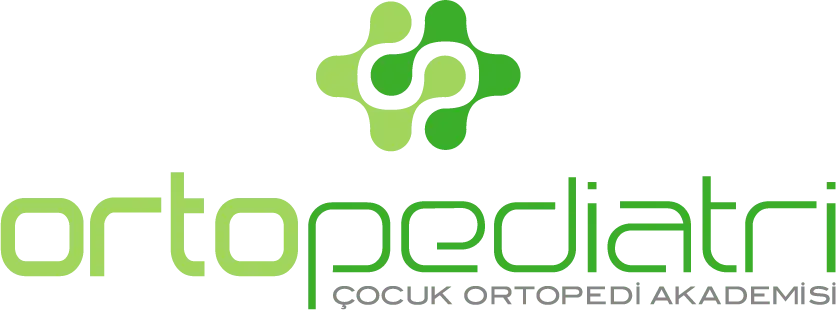Today, one of the common reasons for consulting a pediatric orthopedist is orthopedic traumas of the individuals in the childhood. In addition to the tendency of children to be injured frequently, their endurance and flexibility are pleasing. Therefore, most injuries may be overcome with minor damage, and often no serious treatment is needed.
Any mild or serious orthopedic injury seen in childhood should be considered different from its equivalent in adults. Because of the differences in the anatomy and bone healing process of children, fracture treatment and follow-up should be completely different from adults. The most remarkable feature of the bones of the children is a high-level self-regenerating capacity. We can monitor the shift or angulation of the bones without performing any corrective procedure so long as it is in the limits determined by the scientific researches, due to the ability of the bone to regenerate itself in childhood. Of course, these acceptable criteria vary according to the fractured bone. In fractures that we expect to heal spontaneously, the fact that the fracture is fixed in such a way sometimes confuses parents. Therefore, a good communication with the pediatric orthopedist will be very useful in terms of increasing your knowledge.
The musculoskeletal traumas in the childhood are seen most frequently during adolescence. The most common fractures we encountered during childhood are forearm / wrist fractures and collarbone fractures. While the normal side of a child patient who comes to the clinic with a fracture is examined and information on the anatomy of the patient is obtained, a trust between the physician and the child is built up as he/she feels no pain.
While performing further tests, an appearance that may indicate a fracture and the normal growth plate cartilage of the child should be distinguished by the physicians having experience in pediatric orthopedics, and when necessary, an x-ray should be taken for the normal side. Correctly diagnosed and treated fractures usually recover without any problem in childhood.
Torus Fracture
It is a childhood-specific fracture. It is an appearance formed because of a thick bone membrane (periosteum). It usually occurs when the bone is exposed to compressive loads and is usually seen near the joints. The possibility of shift is low, its treatment is easy and is usually recovers without any problem.
Greenstick Fracture
It is an incomplete fracture that may develop after exposure of a bone to the bending forces. It is a childhood-specific fracture as the bone is flexible and the bone membrane (periosteum) is thick. The curvature of the bone is visible from the outside and is usually only followed-up closely, but sometimes the curvature may need to be corrected.
Growth Plate-Associated Fractures
It is a fracture where the fracture line passes through the growth plate, which plays a role in the longitudinal growth of the bone. It should be kept in mind that in this fracture, the growth plate may be damaged and partially lose its function, so that it may cause problems such as deformities or shortness in the future.
Neck Injuries
The neck may be exposed to high forces in some cases as the head-to-body ratio in childhood is greater than an adult due to a bigger head. It should be kept in mind that in the case of a neck fracture that may develop after this or a direct trauma, the surrounding nerve structures may also be affected.
Collarbone Fractures
The collarbone is the bone which is most commonly broken during delivery. The newborn is treated by simple bandages or dressings. It has a high healing potential and knits together properly upon fixation methods usually using by a simple sling even in the older children.
Elbow Fractures
They are usually seen first with extensive swelling in the elbow after falling onto the hand or elbow. Since the elbow is an important junction point for conveying the main vessel and nerve structures to the hand, it should not be forgotten that these structures may be damaged in these fractures.
Depending on the severity of the fracture, it can be treated only with a bandage/ cast, but also an urgent operation may be required. It should be known that after any suitable treatment after the elbow fractures, deformities in the elbow may develop during the growth of the child.
Wrist Fractures
Wrist fractures seen in childhood usually heal with a bandage/cast treatment and rarely require surgery.

